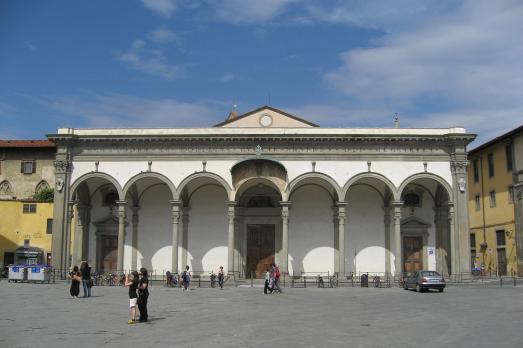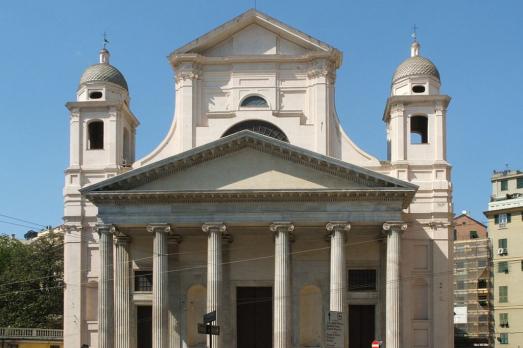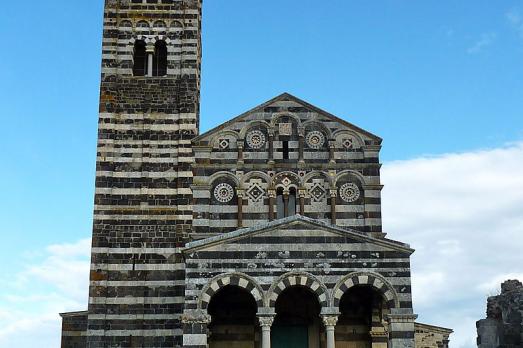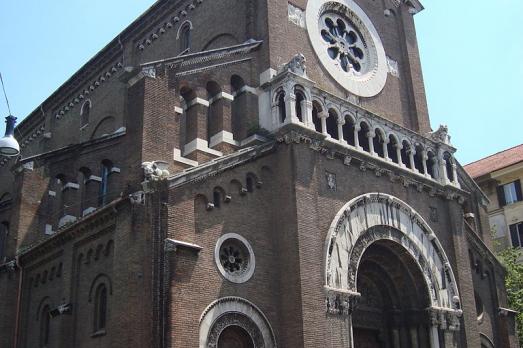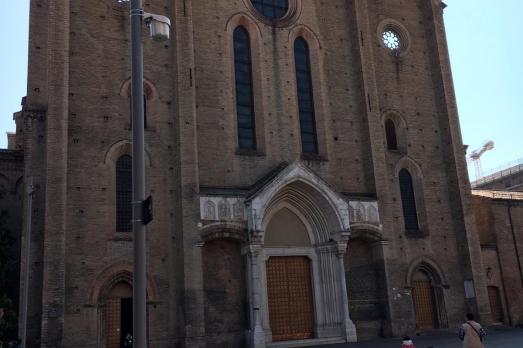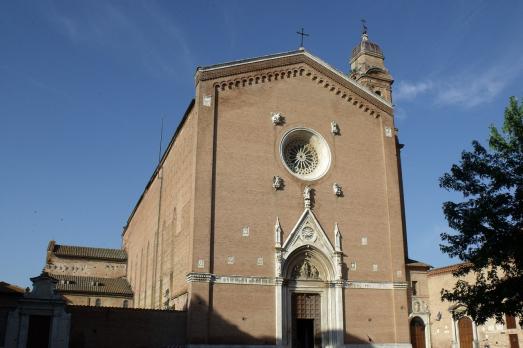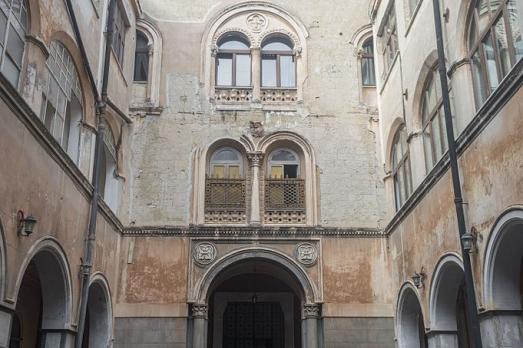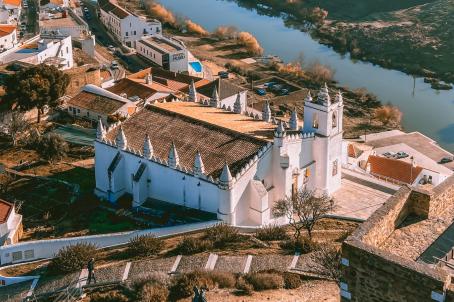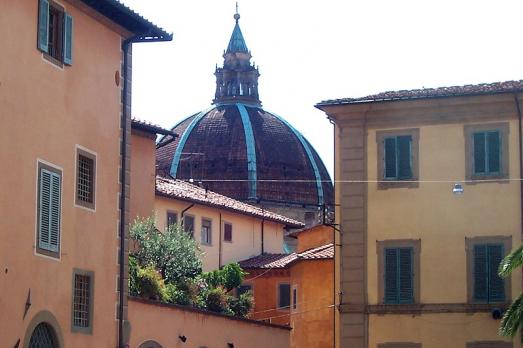
Basilica della Madonna dell'Umiltà
Pistoia, IT
The presence of the Basilica of Our Lady of Humility is already attested in ecclesiastical documents dating back to the 13th century and its existence is presumed to have been between the 7th and 11th centuries. Its architectural importance is due to the dome designed by Giorgio Vasari (16th century), 59 metres high. Giovanni Domenico Ferretti painted frescoes in it during his stay in Pistoia from 1720 to 17251.
